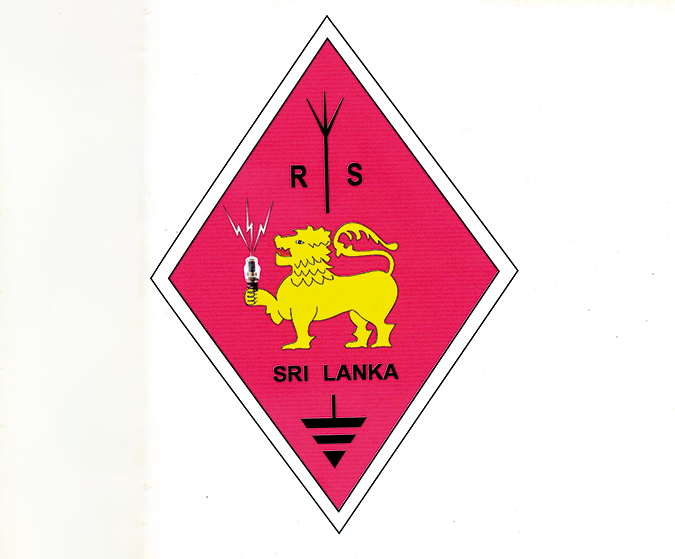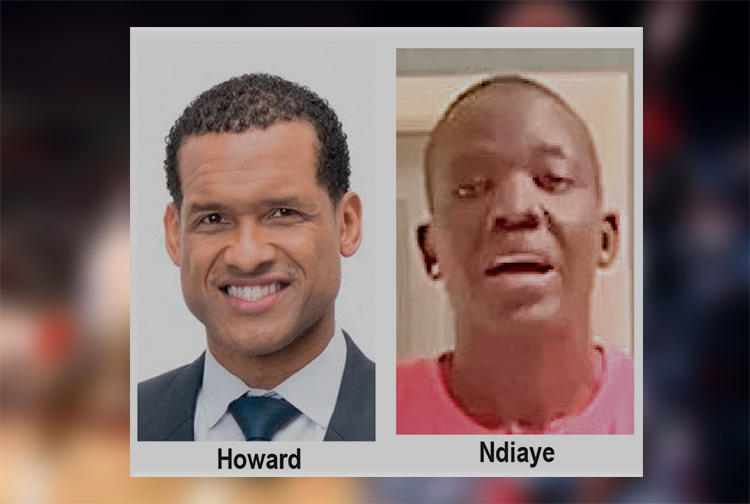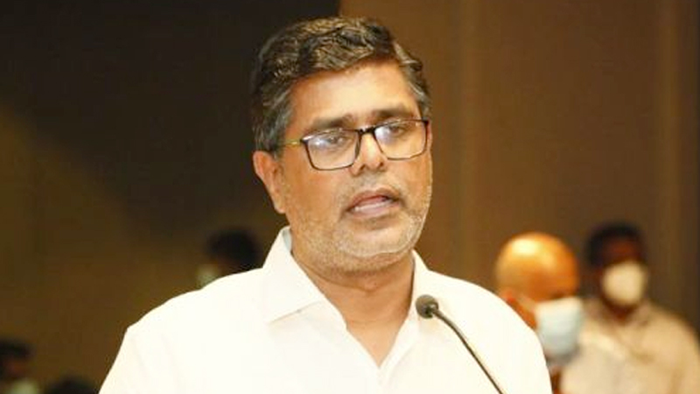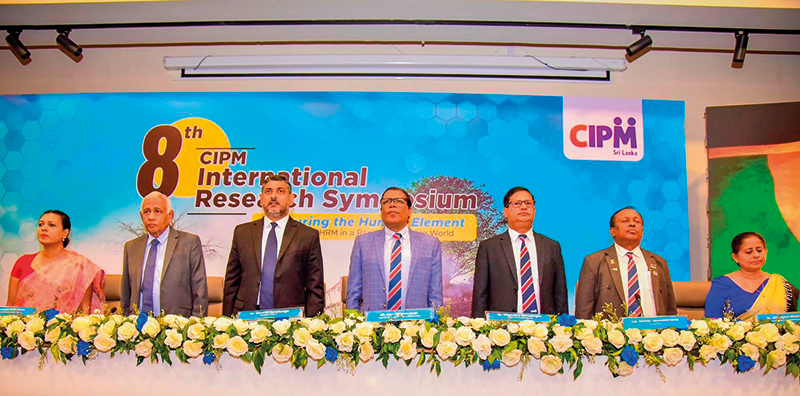News
The genesis of the Radio Society of Sri Lanka

Cecil de Mel
The Radio Society of Sri Lanka (RSSL) existed as an as association since 1950, but it was a very closed group and membership was restricted only to invitees. That was entirely due to its colonial past, as it was started by the white planters who wanted to contact Colombo, at a time when telephone communications were not advanced and one had to wait sometimes up to eight hours for a trunk call.
Licenses to operate and call signs were given to white men and others of social standing with links to the white rulers. After World War II, things began to change, as war surplus equipment, unused and in their original packing, began to be available on the pavements, at unbelievable prices. Our veterans say that a Colins transceiver could be bought for 50 rupees and 807 valves at a mere five cents each.
This created an avenue for locals to take an interest in radio, firstly as short wave listeners, which led to experiments in transmitting. But it was still illegal to operate without a valid license and call sign. This was the biggest obstacle, as membership of the society was by invitation, although by then an examination structure was in place.
An entrant had to pass the technical examination, pass a Morse Code test in sending and receiving at 12 words per minute, after which a security clearance was mandatory, before considering you for the grant of a license and call sign.
Those were the hurdles before us and many who had licenses obliquely prevented others from getting it, by restricting access to the fraternity of radio hams. There have even been instances of petitioning against some who had passed the examinations, on grounds of social standing and family backgrounds and alleged connections with anti – government organizations.
That was the background and various attempts even to register the Society were opposed by those opinion makers as it would have led to a demolition of their grip on the Society. As time went by things began to change with the arrival of the D A R C, (of West Germany) Who conducted a 21 day residential course in Electronics & Amateur Radio, at the Sri Lanka Foundation Institute.
I had the fortune to participate in this course and many others at different levels of competence received certificates. Still, we had to pass the technical examinations conducted by the Telecommunications Department, in order to receive our licenses. That was the situation in 1978, when I received my 4S7CD call sign.
From 1980 to 1984, I was employed at the Bahrain National Gas Company, ‘BANAGAS’ Bahrain, and obtained a reciprocal license and call sign A9XDH / A92DH. I can remember picking up a brand new 807 transmitting valve from the Junk box of ARAB, for future experimentation with older devices, which became very useful later on
Sometime in 1990, when OM Ernie 4S7EP became President, he persuaded me to take an active part in RSSL. I was appointed Treasurer, and assigned the task of Incorporating RSSL as a legal entity. Some say that he roped me in to provide him transport for attending meetings as by that time I had a four wheeler.
It took one whole year to deliberate on every clause, letter, comma, and full-stop to reach achieve a unanimous consensus, and that was the day I breathed a sigh of relief, as I had never toiled in this manner as a Chartered Company Secretary.
The opposition came not for want of skill or competence, but from the needs of some, with twisted minds to throw a spanner in the works and make it crash altogether. I had to steer clear of every such individual, or pressure group, and fortunately we had a long standing past President, OM John 4S7JA, who gave me every encouragement.
The final document of incorporation was greatly acclaimed as a perfect blueprint for future expansion of the amateur service, by professional observers. I have taken all steps to record accurately what took place after 1999, when Ranjit 4S7RR ceased to be President.
News
US sports envoys to Lanka to champion youth development

The U.S. Embassy in Colombo welcomed the U.S. Sports Envoys to Sri Lanka, former National Basketball Association (NBA) and Women’s National Basketball Association (WNBA) players Stephen Howard and Astou Ndiaye, from June 8 through 14.
The Public Diplomacy section of the U.S. Embassy said that it would launch a weeklong basketball program intended to harness the unifying power of sports, made possible through collaboration with Foundation of Goodness and IImpact Hoop Lab.
While in Sri Lanka, Howard and Ndiaye, both retired professional basketball players, will conduct a weeklong program, Hoops for Hope: Bridging Borders through Basketball. The Sports Envoys will lead basketball clinics and exhibition matches and engage in leadership sessions in Colombo and Southern Province for youth aged 14-18 from Northern, Uva, Eastern and Western Provinces, offering skills and leadership training both on and off the court. The U.S. Envoys will also share their expertise with the Sri Lanka Basketball Federation, national coaches, and players, furthering the development of basketball in the country. Beyond the clinics, they will collaborate with Sri Lankan schoolchildren to take part in a community service project in the Colombo area.
“We are so proud to welcome Stephen and Astou as our Sports Envoys to Sri Lanka, to build on the strong people-to-people connections between the United States and Sri Lanka,” said U.S. Ambassador Julie Chung. “The lessons that will be shared by our Sports Envoys – communication, teamwork, resilience, inclusion, and conflict resolution – are essential for leadership development, community building, equality, and peace. The U.S. Sports Envoy program is a testament to our belief that sports can be a powerful tool in promoting peace and unity.”
News
Rahuman questions sudden cancellation of leave of CEB employees

SJB Colombo District MP Mujibur Rahuman in parliament demanded to know from the government the reasons for CEB suspending the leave of all its employees until further notice from Thursday.
MP Rahuman said that the CEB has got an acting General Manager anew and the latter yesterday morning issued a circular suspending leave of all CEB employees with immediate effect until further notice.
“We demand that Minister Kanchana Wijesekera should explain this to the House. This circular was issued while this debate on the new Electricity Amendment Bill was pending. There are many who oppose this Bill. The Minister must tell parliament the reason for the urge to cancel the leave of CEB employees,” the MP said.However, Speaker Mahinda Yapa Abeywardena prevented Minister Wijesekera responding to the query and said that the matter raised by MP Rahuman was not relevant.
News
CIPM successfully concludes 8th Annual Symposium

The Chartered Institute of Personnel Management (CIPM) successfully concluded the 8th Annual CIPM Symposium, which took place on 31st May 2024. Themed “Nurturing the Human Element—Redefining HRM in a Rapidly Changing World,” the symposium underscored the pivotal role of human resource management (HRM) in today’s dynamic global landscape. Since its inception in 1959, CIPM has been dedicated to advancing the HR profession through education, professional development, and advocacy, solidifying its position as Sri Lanka’s leading professional body for HRM.
Ken Vijayakumar, the President of the CIPM, graced the occasion as the chief guest. The symposium commenced with the welcome address by the Chairperson, Prof. Arosha Adikaram, followed by the Web Launch of the Symposium Proceedings and Abstract Book by the CIPM President. The event featured distinguished addresses, including a speech by Chief Guest Ken Vijayakumar, President of CIPM, and an address by Guest of Honor Shakthi Ranatunga, Chief Operating Officer of MAS Holdings Pvt. Ltd., Sri Lanka.
The symposium also featured an inspiring keynote address by Prof. Mario Fernando, Professor of Management and Director of the Centre for Cross Cultural Management (CCCM) at the University of Wollongong, Australia.
Vote of Thanks of the inauguration session was delivered by Dr. Dillanjani Weeratunga, Symposium Co-chair.
The symposium served as a comprehensive platform for researchers to present their findings across a wide range of critical topics in HRM. These included Cultural Diversity and Inclusion, Talent Development and Retention, Ethical Leadership and Corporate Social Responsibility, Adapting to Technological Advancements, Mental Health and Well-being at Work, Global Workforce Challenges, Employee Empowerment, and Reskilling and Upskilling.
The plenary session was led by Prof. Wasantha Rajapakse. Certificates were awarded to the best paper presenters during the valedictory session, followed by a vote of thanks delivered by Kamani Perera, Manager of Research and Development.
The annual symposium of CIPM was a truly inclusive event, attracting a diverse audience that spanned undergraduates, graduates, working professionals, research scholars and lecturers. This widespread interest highlights the symposium’s significance in the field of HRM, offering a unique opportunity for everyone to network and learn from scholarly brains.The CIPM International Research Symposium was sponsored by Hambantota International Port, Sri Lanka Institute of Information Technology (SLIIT), E B Creasy & Co. PLC, and Print Xcel Company.












